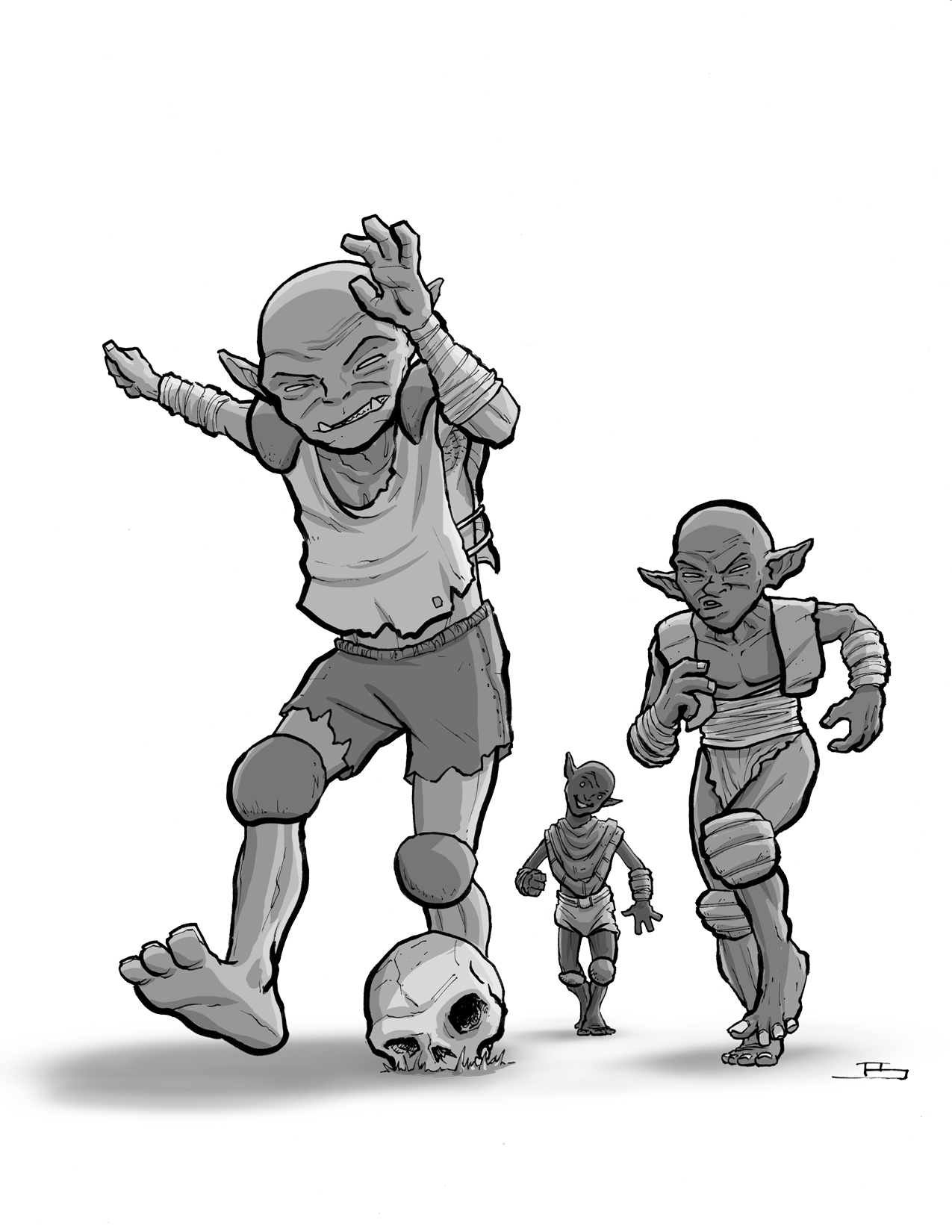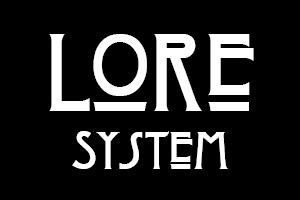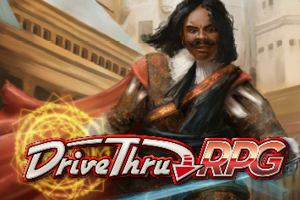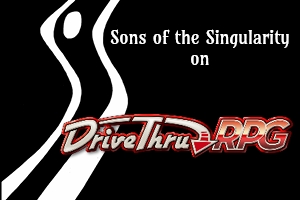Rational Magic
Introduction to Rational Magic
Before, wizards and warriors went on adventures and killed orcs and dragons, found treasure, and saved maidens. But then a revolution occurred. Not a revolution led by usurpers or valiant rebels. Rather, a revolution driven by a change in the practice of magic. Wizards discovered how to make order from the chaos of magic. Magic is no longer an art; it is a technique. Magi-Technology is systematized, homogenized, and commoditized. This change in practice brought about untold wealth to the magnates of the magic industry. It revolutionized the ways of war and the ways of production. It even brought immortality to those who could afford it. And it introduced methods of unprecedented social control.
The proponents of this new practice of magic are called the “Rationalizers”. The current epoch is called “The Age of the Rationalization.”
Rational Magic is a campaign of investigation, intrigue, and espionage set in a gritty “fantasy-punk” world; a world that evolved from a traditional sword and sorcery setting. Players are Operatives who work either to maintain the status quo or rebel against the forces of magical modernity.
Rational Magic is for 5th edition, as well as the Lore Role-Playing Game (RPG) System, which was purpose-built for this campaign. The Lore System should give you a fast and meaningful role playing experience which also ties a character’s story and development into the game world.
The World of Rational Magic
Gradually, the dragons disappeared. The orcs and goblins were driven into the most inhospitable lands or brutally subjugated for the good of the civilized nations. Peace had come to the land. Peace… and new, stronger forms of tyranny and terror. The human wizards of old grew strong with their Knowledge of great magic. Those powerful wizards spent their lives studying arcane arts. That was what wizards were supposed to do. Except the children of the great wizards eventually asked why? Why pursue the ultimate secrets of magic, when immense power and wealth can be gained simply by creating efficient and consistent applications of magic? A wizard can cast a powerful fireball spell after studying many years. But if same wizard can create many magic wands each day, each wielded by a peasant – a wizard could easily create an army that would rip through the lines of metal-clad soldiers.
Ironically, it was the dirty goblins that taught humans the way. Several tribes of goblins bred a type of stunted, mutated Unicorn – humans call it the “unidonk”. Goblins harvested the magic horns to make crude talismans which could be imbued with protective properties by goblin shamans. Humans copied the practice (over the protests of many unidonk-rights protesters) and started manufacturing cheap horn-medallions which project an aura that could turn blades. Next came the magic-bolt wands, which could hurt warriors at a distance. Although the magic bolt wands have nothing compared to the killing power a fine bow in the hands of a Fae guardian, just about anyone can use a Magic Attack Wand by simply rubbing the embedded control spot and speaking the trigger word (usually the old-Elvish word for “volley”: virka). Any unskilled peasant could learn how to use the wand within a few hours of training and shoot twice as fast as most human archers.
In the Heroic Era, “adventurers” would venture forth to meet civilization’s threats. Hearty brave warriors, crafty thieves, pious priests and erudite wizards quested to end the barbarism of marauding orcs and encroachment by nefarious elves. And of course, adventurers helped, rescued, and protected all sorts of poor townspeople, elf priestesses, unicorn herds, and fair virginal maidens. At least, that is how the Heroic Era is remembered today. In reality, more often than not, the adventurers went forth to commit racial cleansing in lands that were jointly claimed by humans and non-human entities. Adventurers would put to death wizards whose only crime was to find unorthodox means to slow entropic biological processes in their bodies. The “maidens” of stories of that era usually required saving because they were, in actuality, routinely bartered as entertainment slaves to non-human beings who had strange (by the standards of their own culture) fetishes.

Some adventurers join the struggle against the Mages Councils and the Central Nations. There are many forest fae, homeless goblins, feral orcs, humbled vampires, disillusioned priests and other sympathizers who oppose the Rationalization. Or, at least they oppose current societies and social structures made possible by the new magi-technology. Some of these “regressives” and minorities call out for champions to defend their lands. Some call out for agent provocateurs who can thwart the monstrous body hunters and greedy Mages. Some call out for freedom fighters who would engage in acts of terrorism on behalf of the dispossessed minorities.
The World of Rational Magic is abundant with opportunity for great quests, but these quests are not of the same ilk that the heroes followed before the Death of the Dragon. Today’s adventurers do not delve into dungeons. Whether providing service to a Mage Lord, fighting against the unfathomable forces that await in the shadows, questing for gold, or struggling for the freedom of an oppressed people, the world of Rational Magic is a place of exciting adventure and opportunity for the bold and the clever.
Inspirations
Richard K. Morgan’s “A Land Fit For Heroes”
- The Steel Remains (2008)
- The Cold Commands (2011)
- The Dark Defiles (2014)
It is the author’s hopes that conflict in this game would seem as thrilling as in Mr. Morgan’s books, and the World convey a similar, gritty, intense realism. Land Fit for Heroes series, from this author’s perspective, seems as if Mr. Morgan read the World’s Most Popular RPG and then re-imagined what that world would actually was like with a dash of more rationality in the game world.
China Mieville’s “Bas-Lag”
- Perdido Street Station (2000)
- The Scar (2002)
- Iron Council (2004)
Like Mr. Mieville’s works, Rational Magic tackles issues of racism, imperialism, culture shock, and labor rights in a fantasy setting.
Charles Stross’ “Nightmare Stacks”2016
Much of the ideas for modern Combined Magics doctrine as well as the history of the elves was inspired from this book.
About the Lore System
Traditional and Special
Although essentially a traditional type of RPG, an important difference between Lore System and many other RPGs is that there is relatively little emphasis on “leveling”. Instead, this game system uses a feature called “Lore Sheets” which define characters’ progress in the game world, grant mechanical power to NPC relationships, and serves as a running log of the character’s accomplishments.
This game system was made for “traditional” GMs who want to create parts of the Game World, game settings, and / or “story arch” of the game campaign, while also providing “story manipulation” power to players to use in-between sessions. The Lore System was also made to help GMs share the settings to players whether or not they read this book. However, this game can be played in different ways; it works well for allowing player-generated plot direction and settings-development without GM control.
The Lore System assumes that the GM has primary (but not sole) responsibility for communicating and defining settings and story-arch and that the GM enjoys the process of world-building. The Lore System will not reduce GM prep time compared to other “traditional” games. However, the GM-facing rules of Rational Magic are here to help the GM maximize the impact and relevance of the effort put into building the game world and story arch, as well as increase the likelihood that players will want to follow a story arch.
Example Lore Sheet
□ Disposesed (TLP:_) Greyyork launched the first strike in what would later be called “the Wars of Clay and Bone”. They sent a surprise attack using several hundred suicide-summoners that brought forth a foot army of demons which tore up 3 cities. The League fought back using armies made of giant war golems which clashed against Greyyork’s horde of undead soldiers and demons.
My family comes from the town of Crinshook, which was destroyed in the war (long before my birth). Survivors of Crinshook fled and become permanent refugees in various kingdoms and nations. We have nothing but a common ancestry. I know a few of us here who I can contact and help (and maybe they can help me).
My dream is to unite the peoples from Crinshook. Maybe I will start by organizing the local community.
Dice and Basics
The Lore System dice mechanic and system basics are relatively simple. Characters are mechanically described with just 4 “Talents” and a few special powers. This game promotes the Game Master to make rulings, instead of just following rules. See the side-bar to the right for more explanation on the basic dice-roll mechanics.
Flubs and Risk Counter
The Lore System assumes that players characters are very competent in what they are proficient in. Out-side of combat, bad Rolls generally do not cause player characters to fail at tasks in which they are proficient. Proficiency is determined by the character’s experience as described on a Lore Sheet.
Bad Rolls can be turned into “Flubs”. Flubs are part of a “partial success” sub-system which ties into a Risk Counter. When you fail on a non-combat Roll on a task which the character should be able to do the GM can rule that the failed roll was a Flub instead of a “Miss.”
When a Flub occurs, add the Boon Die to the Risk Counter increases. Risk Counters are used to track risks in the environment. There can be separate Risk Counters for a Scene, for the Game Session, and for the Campaign. When the Risk Counter is greater or equal to the Challenge Rank of the non-Conflict task, 3 things happen:
- The task has +1 Disadvantage
- Any Doubles count as Double Troubles; and
- When a Double Trouble happens, the “doo-doo hits the fan.” Many things go wrong, badly.
Risk counters are an especially useful tool for handling stealth scenes, social conflicts, and public suspicion caused by anti-social behavior.
Basic Resolution Mechanics
Roll
Roll 2d10 and 1d6 (the Boon Die)
A or D
If there is Advantage, add the Boon Die
If there is Disadvantage, subtract the Boon Die
T + P
Add your bonuses from one (1) Talent. Add +1 if you are Proficient.
>=CR
If the result is equal to or beats the Challenge Rank (CR), the Roll is a success.
F
If the result beats the Challenge Rank by 4 points, it is a Feat.
D or DT
Doubles with Advantage cause a Feat. Doubles with net Disadvantage will cause Double Trouble.
Damage
In Combat, the Boon Die becomes Damage. Weapon damage is added and Armor is subtracted.
Resources & Links
The DTRPG version of Rational Magic costs $3. In this package you can find:
- Character Sheet
- Rule-book
- Player Quickstart Guide
- Play-test package (for GMs)





